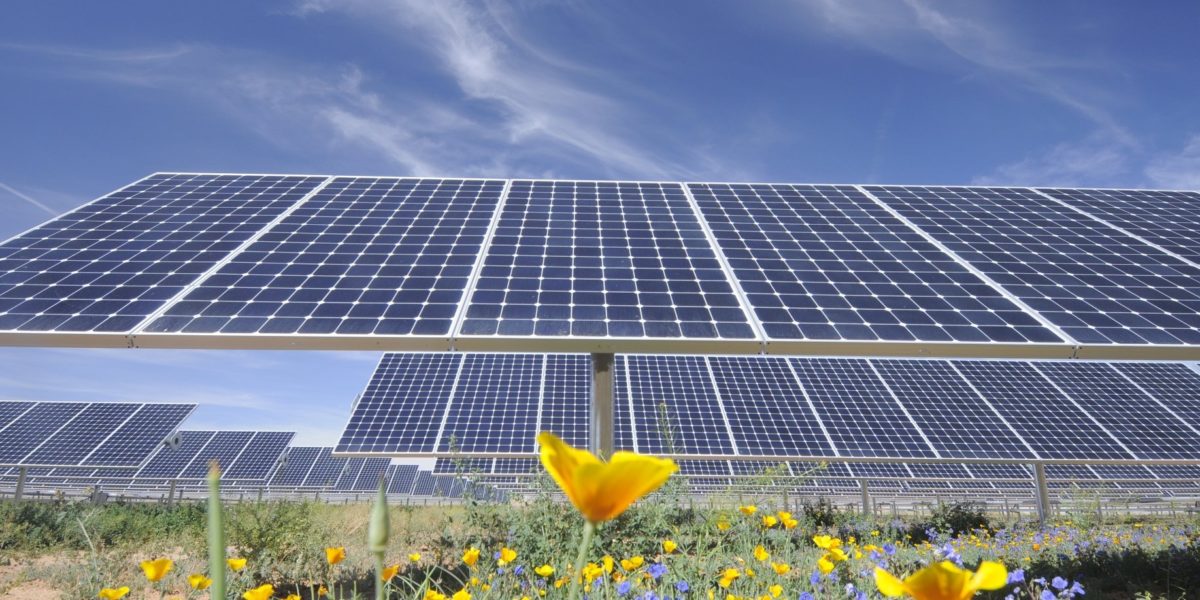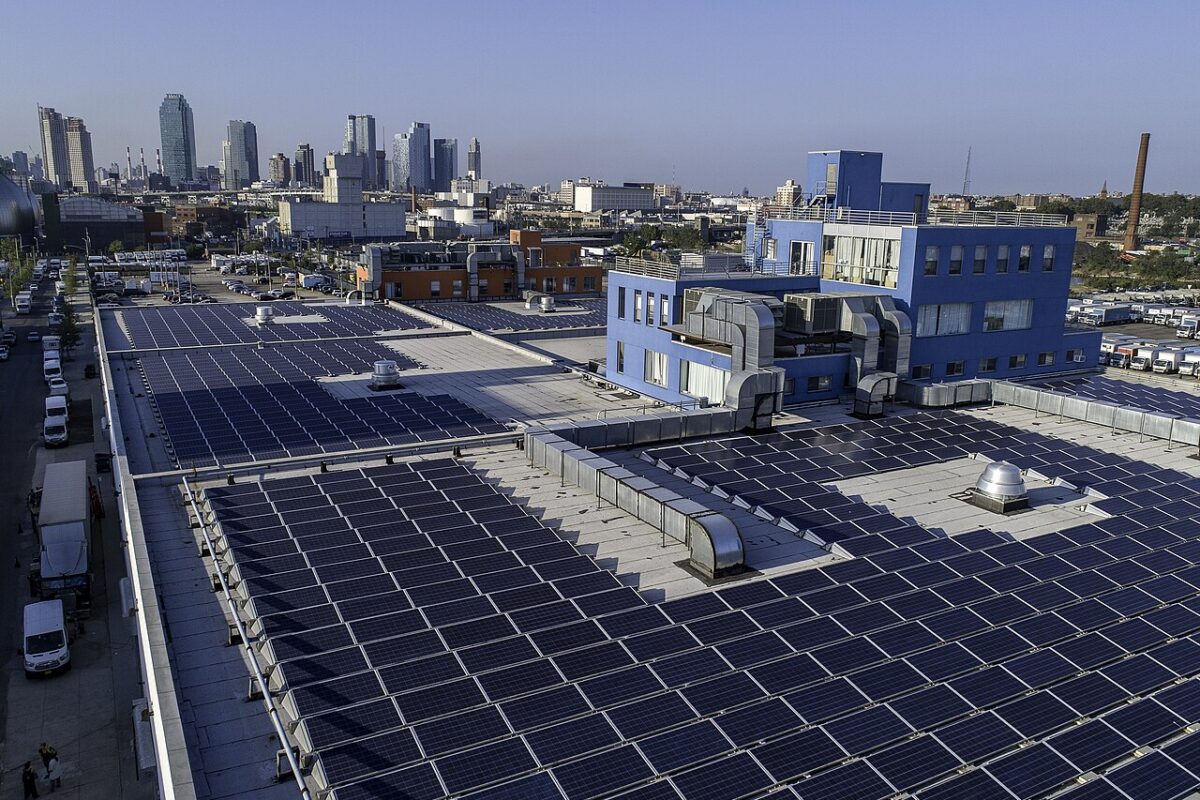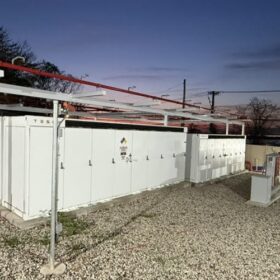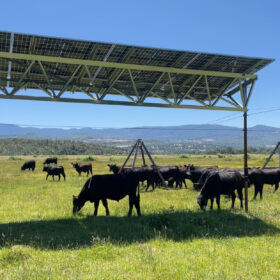California has proposed a procurement of 4 GW of electricity capacity by August 1, 2023 (pdf). The ruling comes as the state sees an up to 4.7 GW capacity shortfall in 2022 during the early evening peak hours of September (below image). The proposed ruling disallows greenfield fossil fuels; however, it does allow for several gas plants to extend their operating lifetimes for up to three years while the new clean capacity is built out.

The proposed decision states that all load serving entities in the state have an obligation to fulfill a proportional amount of the 4 GW. The partial list below can be found in full – 25 unique legal entities – on page 70 of the above linked to PDF. Per the ruling, at least 60% of the capacity must delivered by August 1, 2021, 80% by August 1, 2022, and 100 percent by August 1, 2023.
- Southern California Edison Company, 1,436.0 MW
- Pacific Gas and Electric Company, 869.0 MW
- San Diego Gas & Electric Company, 355.0 MW
- Clean Power Alliance of Southern California, 238.6 MW
- Southern California Edison Direct Access (aggregated), 170.0 MW
- Pacific Gas and Electric Direct Access (aggregated), 138.2 MW
- East Bay Community Energy, 120.8 MW
- Marin Clean Energy, 106.0 MW
- San Jose Clean Energy, 94.0 MW
- Silicon Valley Clean Energy, 81.5 MW
- Monterey Bay Community Power Authority, 69.6 MW
- Clean Power San Francisco, 69.1 MW
- Peninsula Clean Energy, 66.7 MW
The commission also ruled that energy storage facilities whose completion times were projected in 2022 or sooner, were included in the baseline calculations, and couldn’t be counted toward the totals. This means the below plants, even though they had their in-operation dates extended by recent bankruptcy negotiations, are already considered.

The commission stated that all agreements signed for the above capacity must be at least 10-year power purchase agreements. Capacity already being procured for these various groups, as long as it is in addition to current capacity, can count toward the totals required. For instance, Clean Power Alliance of Southern California—with a requirement to develop 238 MW—issued a request for proposals two days ago totaling greater than their requirement.
The report notes that approximately 3,750 MW of capacity from once-through cooling (OTC) gas power plants are currently scheduled to retire by December 31, 2020. It was ruled that this capacity could be used as a bridge to the new clean energy capacity that would be procured above, and since the units being extended all had capacity factors of less than 10%, it was suggested their environmental impact would be minimal. The specific OTC gas facilities being allowed to run for varied extended periods are:
- Alamitos Generating Station, Units 3-5, for up to three years
- Huntington Beach Generating Station, Unit 2, for up to three years
- Redondo Beach Generating Station, Units 5, 6, and 8, for up to two years
- Ormond Beach Generating Station, Units 1 and 2, for up to one year
- Moss Landing, Units 1 and 2, until such time as the planned upgrades are certified by the State Water Resources Control Board.
This model is very similar to that suggested by the Clean Power Alliance of California in their comments submitted to the Public Utilities Commission. The ruling did leave open the possibility that other fossil fuel sources, not included in base capacity sources and not greenfield, could be submitted for consideration.
This content is protected by copyright and may not be reused. If you want to cooperate with us and would like to reuse some of our content, please contact: editors@pv-magazine.com.








This could be accomplished without the use of extending fossil carbon gas plants. many utilities in the state discourage use of distributed PV. If these utilities were required to access more distributed PV this could be accomplished in very short order! Certainly removing penalties for distributed PV such as rooftop solar would more than enough cover this shortfall. And that should certainly be the first step not allowing fossil carbon plants to continue running.
Thanks for the statistics, it paints a picture of dire need, which will be due about 2023, when the final baseload Diablo Canyon nuclear plant is to be decommissioned. Yeah, about 2GW of baseload power gone, one had better have energy storage capacity online by the time the baseload goes offline.
This “act” of pushing for more energy storage now to remove fueled resources from the grid will be interesting to watch. Folks are still paying more in electricity rates for the decommissioning of SONGS in SCE territory, soon electric rates will increase again to decommission Diablo Canyon in PG&E territory. The coal fired States of the Union will point to this “rate rape” in California and declare a failure of alternative energy. Then when these over laden coal fired assets in these coal fired States reach their end of life operations, the folks in those States can “enjoy” their own version of “rate rape”, when the decommissioning’s begin.
Thanks for finally talking about >California needs a fast and furious 4
GW built out of new clean energy capacity – pv magazine USA
Well, the current fire prevention shutoffs will sell a lot of battery backed distributed solar.
So starts the great grid opt out.